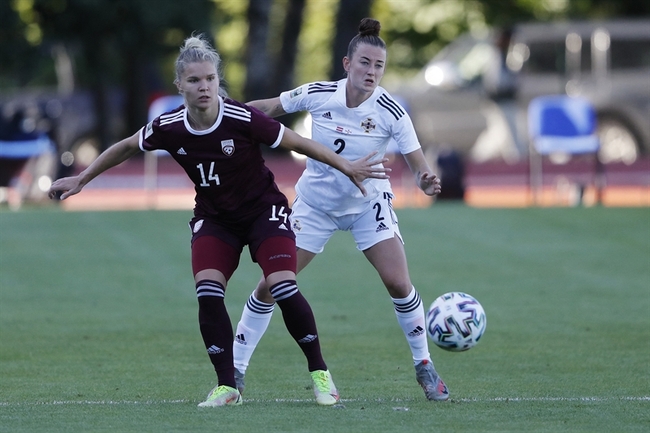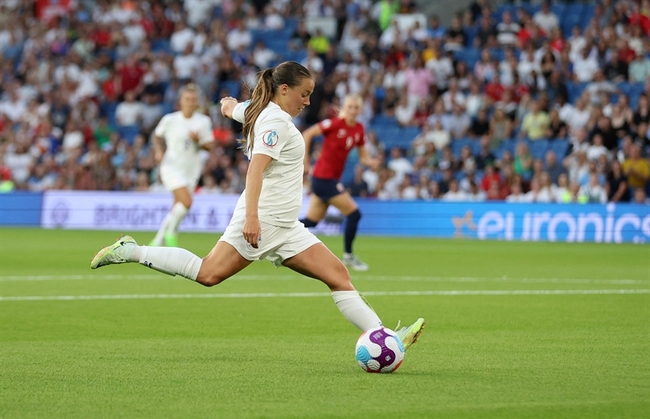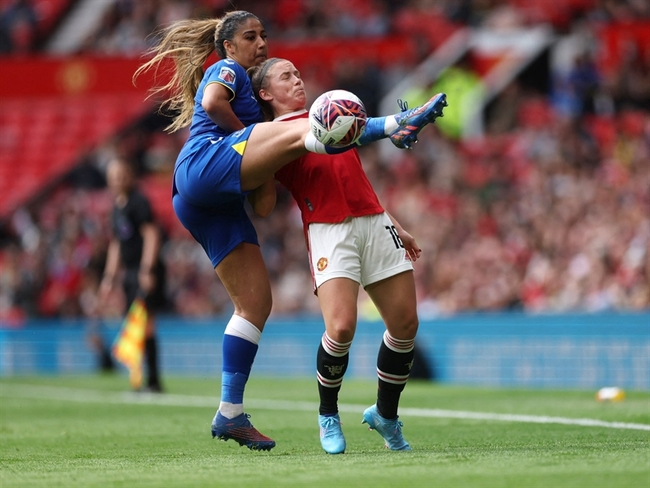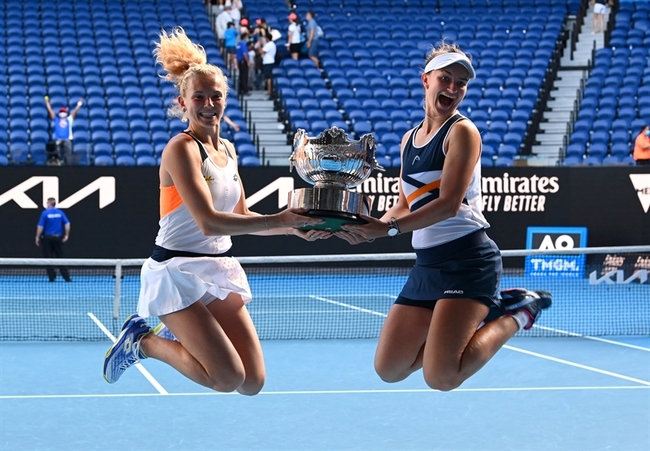You are viewing 1 of your 1 free articles
Fit influences function in mountain bike performance

August 7, 2018 - Michiel van der Heijden of the Netherlands in action. REUTERS/Russell Cheyne
With the spring thaw in the northern hemisphere, mountain biking trails will be opening soon. Mountain biking (MTB) continues to grow in popularity. First introduced in the 1970s, as of 2015 the sport had grown to a reported 8.32 million participants in the United States alone(1). With the different types of off-road cycling including downhill, cross country, and freeride, sports injury professionals in all geographies and climates may see these injured athletes in their clinic.
Typically, MTB injuries fall into either the acute or overuse category. Acute injuries tend to be traumatic in nature. Riders suffer from acute injuries during competition more often than in training. This is likely due to the fact that competition trails are more challenging and riders are more willing to take risks with a win at stake.
Swiss researchers found that amateur male riders were just as likely as elite riders to suffer from injury(2). No matter the level of expertise, both riders experience microtrauma from the combination of repetitive movements and constant vibration. This microtrauma predisposes MTB riders to overuse injuries. In fact, anywhere from half to nearly all riders report a history of these types of injuries(1).
Bike fit is another predisposing factor in overuse injuries. When treating a cycling athlete, evaluating static bike fit along with dynamic fit in a trainer, should be a part of the assessment. A saddle that is too low increases knee flexion during the pedal stroke, which often results in patellofemoral pain. Setting the saddle too high decreases knee flexion and increases the strain on the hamstrings. When evaluating static knee flexion, ideally the knee angle should be 25° to 30° at the bottom of the pedal stroke(1).
Even slight adjustments of a few tenths of a centimeter in seat height changes the muscle recruitment patterns and the knee flexion angle(1). A lowered seat increases the activity of the quadriceps (thus the strain on the patella), while a higher seat recruits more gastrosoleus and hamstring activity. It may take a bit of tweaking ever so slightly to relieve the strain that caused the overuse injury in the first place.
When evaluating fit, don’t ignore the fore/aft seat position. Move the seat until the greater trochanter aligns with the seat tube (see figure 1). Individual body compositions may necessitate fine-tuning this as well, particularly in the instance of longer or shorter femurs.
Figure 1: Bicycle diagram

Another factor in lower extremity overuse injuries is the foot-shoe-pedal interface. Frontal plane position of the free knee between the fixed hip and fixed foot, if cleated, also effects knee function. Rotating the cleat to compensate for tibial torsion may improve the riders natural alignment and lessen any torque placed on the knee from a straight-ahead clip. Also, ensure that the clip is placed on the shoe in a position that corresponds with the center of the ball of the foot.
Most recreational and competitive amateur cyclists will be ‘fitted’ to their bike at their local shop. While clinicians aren't bicycle specialists, they are biomechanical specialists. Cyclists make the same training errors as other athletes that predispose them to overuse injuries. However, the reliance on equipment in MTB also predisposes riders to these injuries. Understanding the basic function on the bike and adjusting the fit relative to the individual rider may go a long way in ‘treating’ any overuse MTB injuries.
References
- Curr Sports Med Rep.2017 Nov/Dec;16(6):404
- J Sports Sci Med.2019;18:2017-12
Newsletter Sign Up
Subscriber Testimonials
Dr. Alexandra Fandetti-Robin, Back & Body Chiropractic
Elspeth Cowell MSCh DpodM SRCh HCPC reg
William Hunter, Nuffield Health
Newsletter Sign Up
Coaches Testimonials
Dr. Alexandra Fandetti-Robin, Back & Body Chiropractic
Elspeth Cowell MSCh DpodM SRCh HCPC reg
William Hunter, Nuffield Health
Be at the leading edge of sports injury management
Our international team of qualified experts (see above) spend hours poring over scores of technical journals and medical papers that even the most interested professionals don't have time to read.
For 17 years, we've helped hard-working physiotherapists and sports professionals like you, overwhelmed by the vast amount of new research, bring science to their treatment. Sports Injury Bulletin is the ideal resource for practitioners too busy to cull through all the monthly journals to find meaningful and applicable studies.
*includes 3 coaching manuals
Get Inspired
All the latest techniques and approaches
Sports Injury Bulletin brings together a worldwide panel of experts – including physiotherapists, doctors, researchers and sports scientists. Together we deliver everything you need to help your clients avoid – or recover as quickly as possible from – injuries.
We strip away the scientific jargon and deliver you easy-to-follow training exercises, nutrition tips, psychological strategies and recovery programmes and exercises in plain English.










